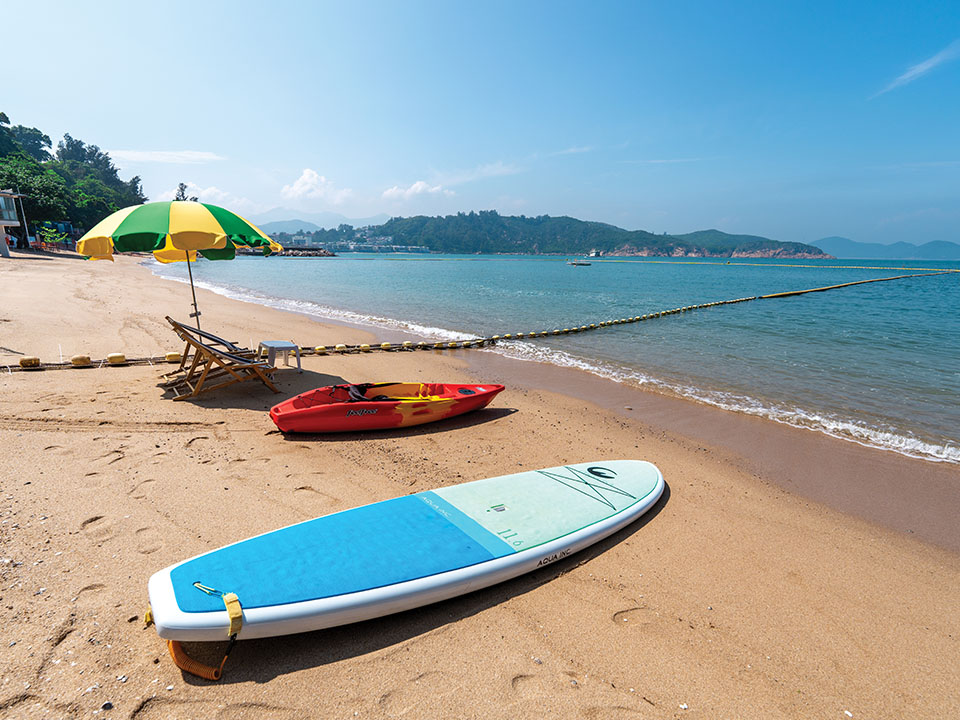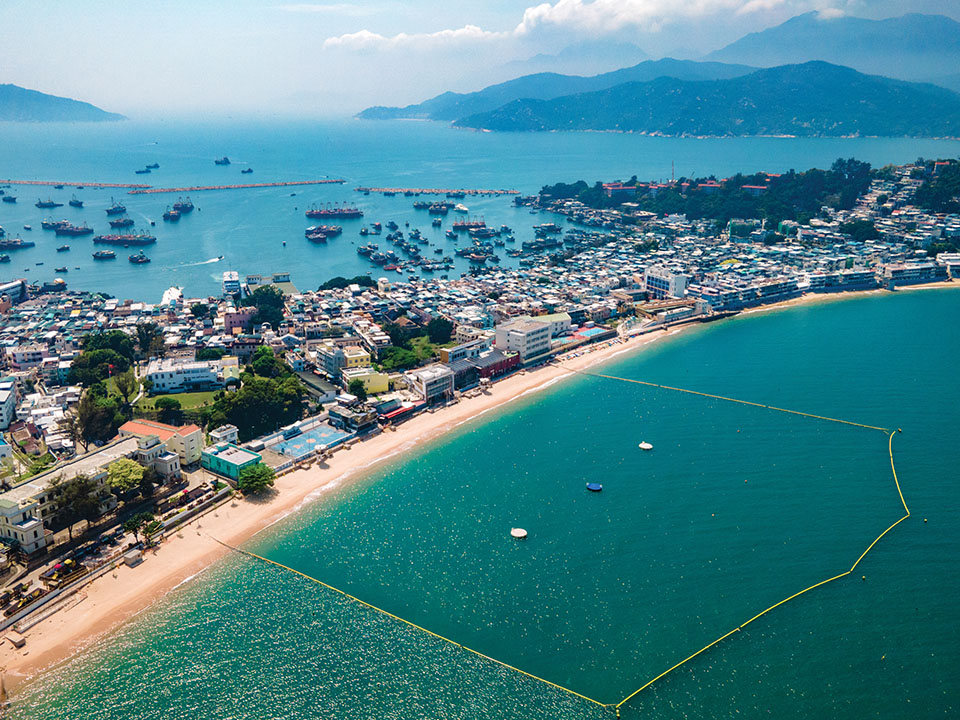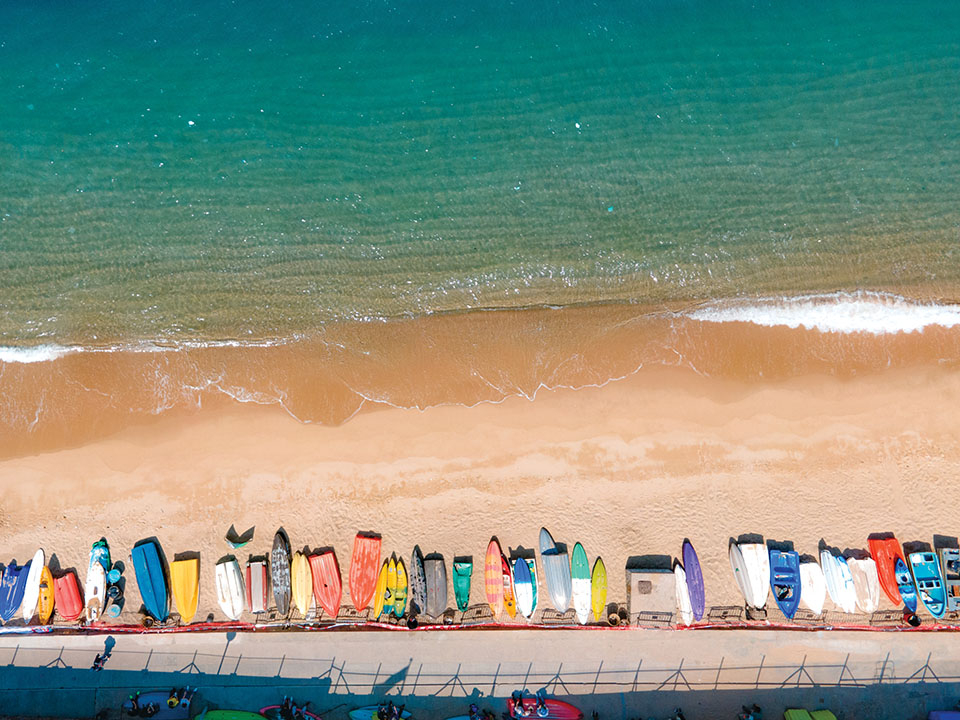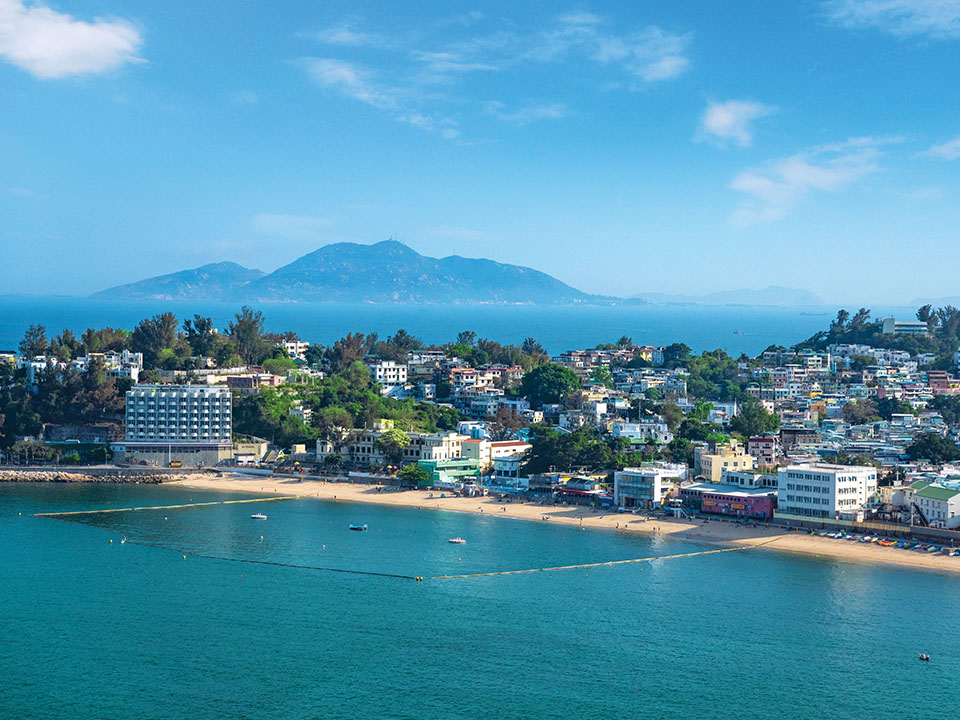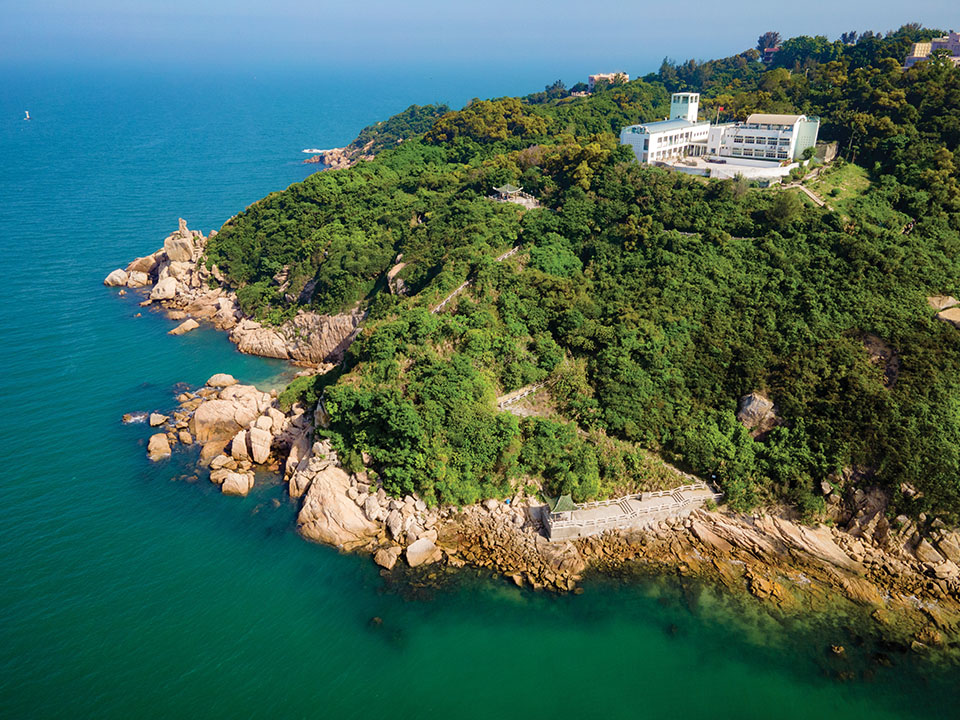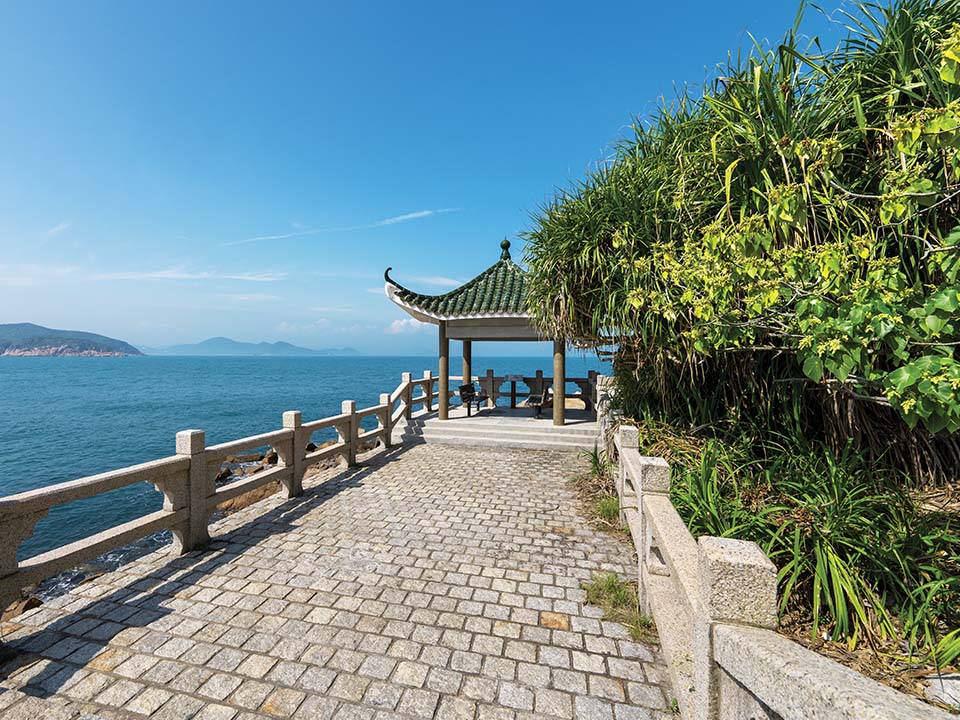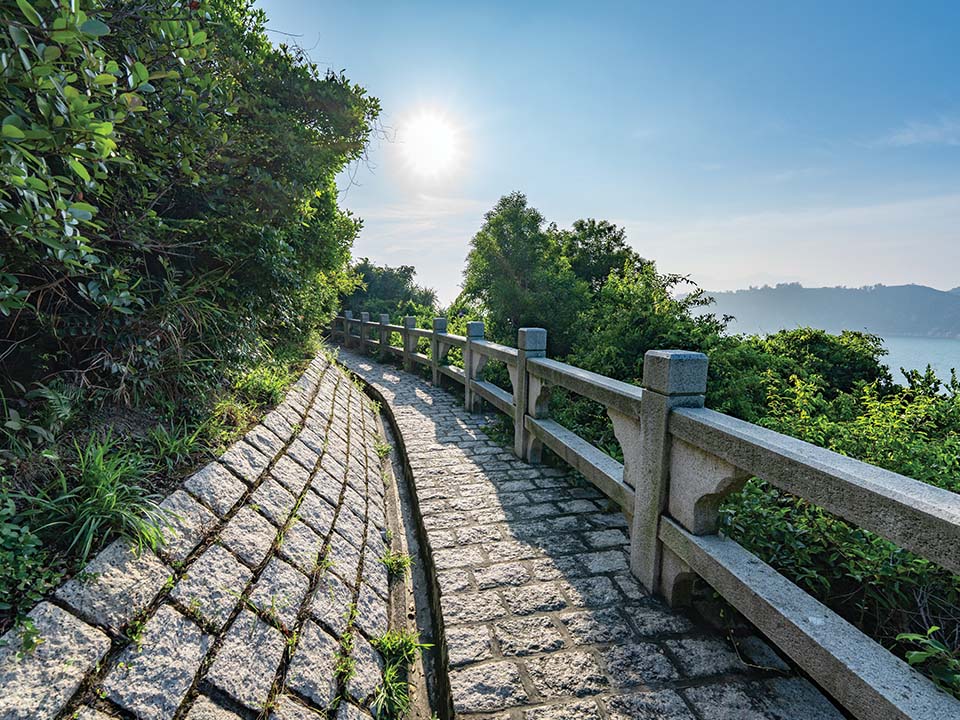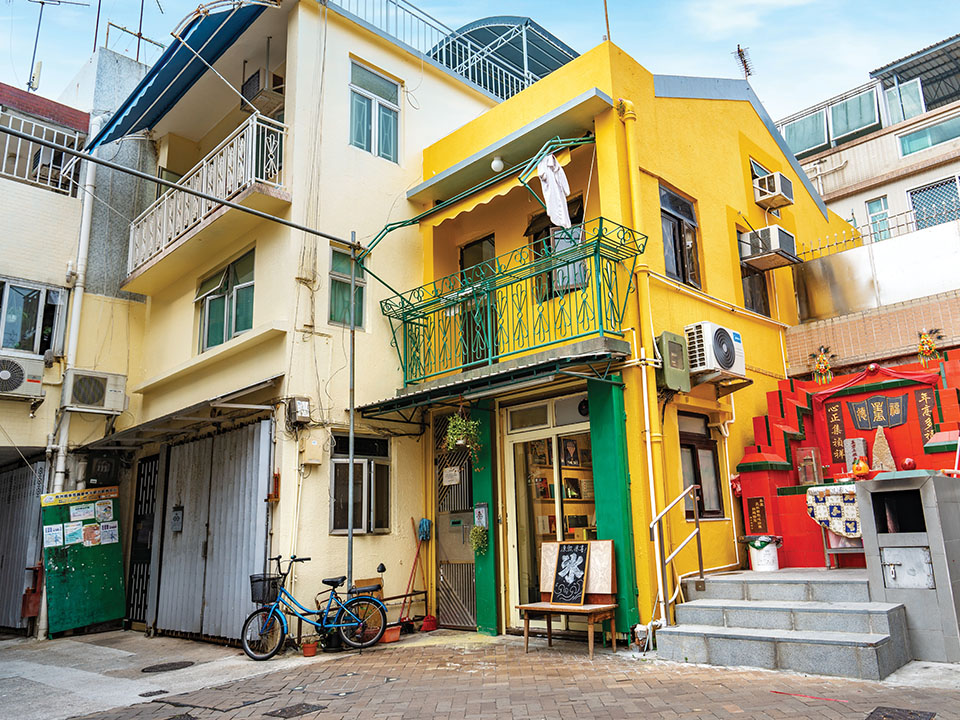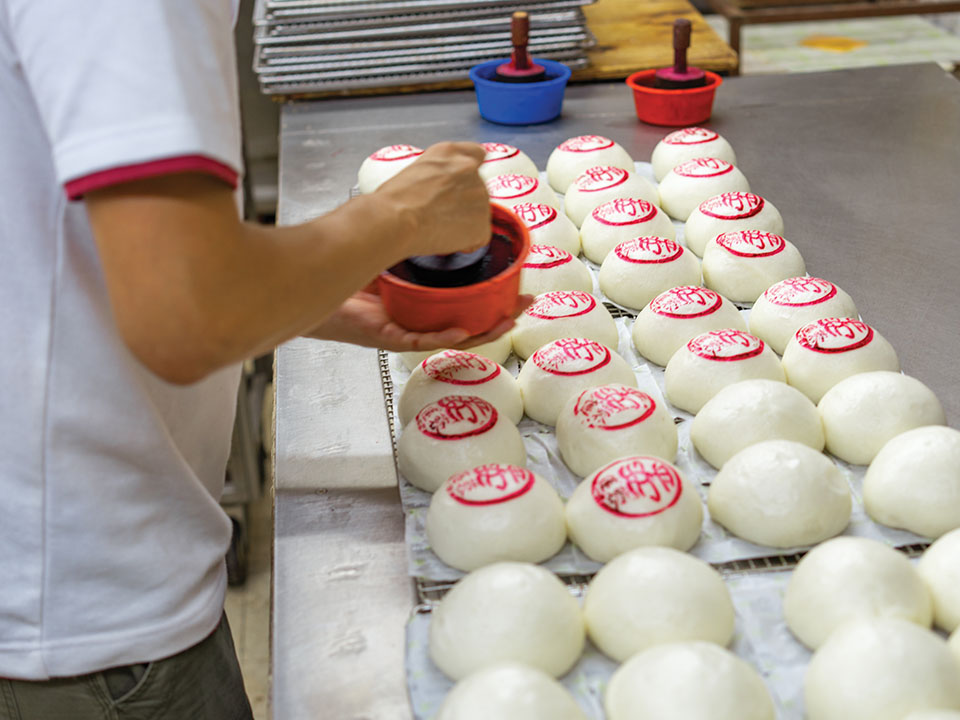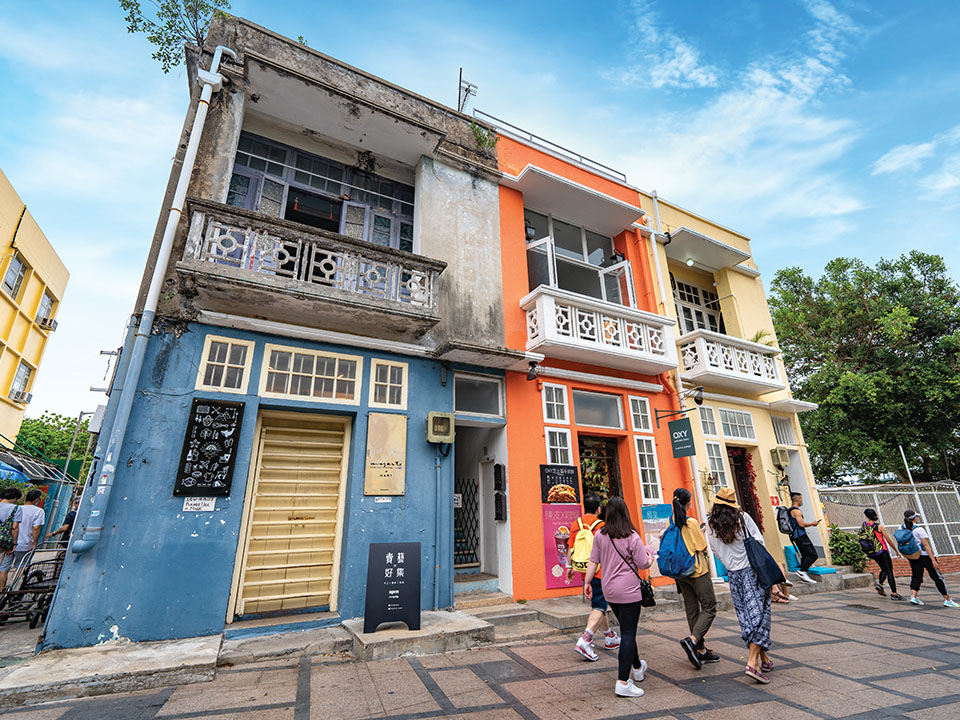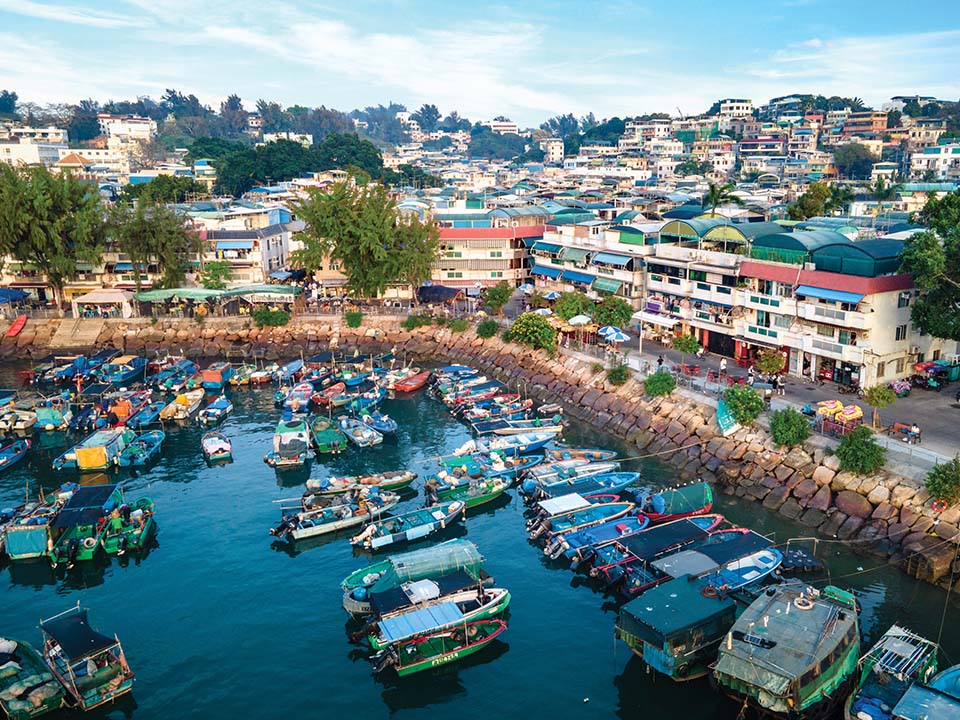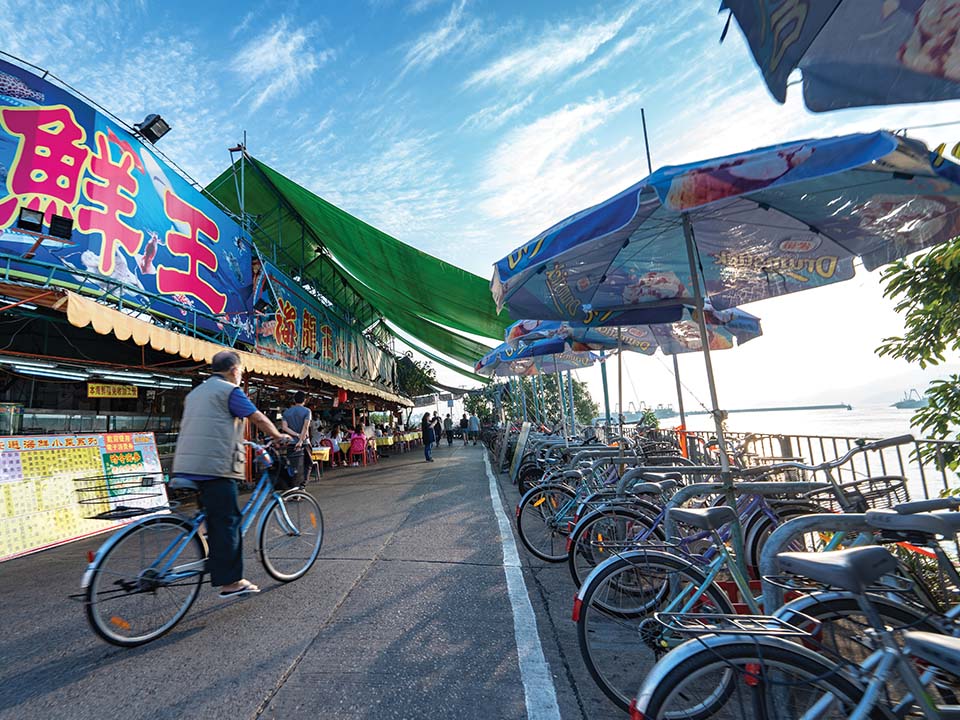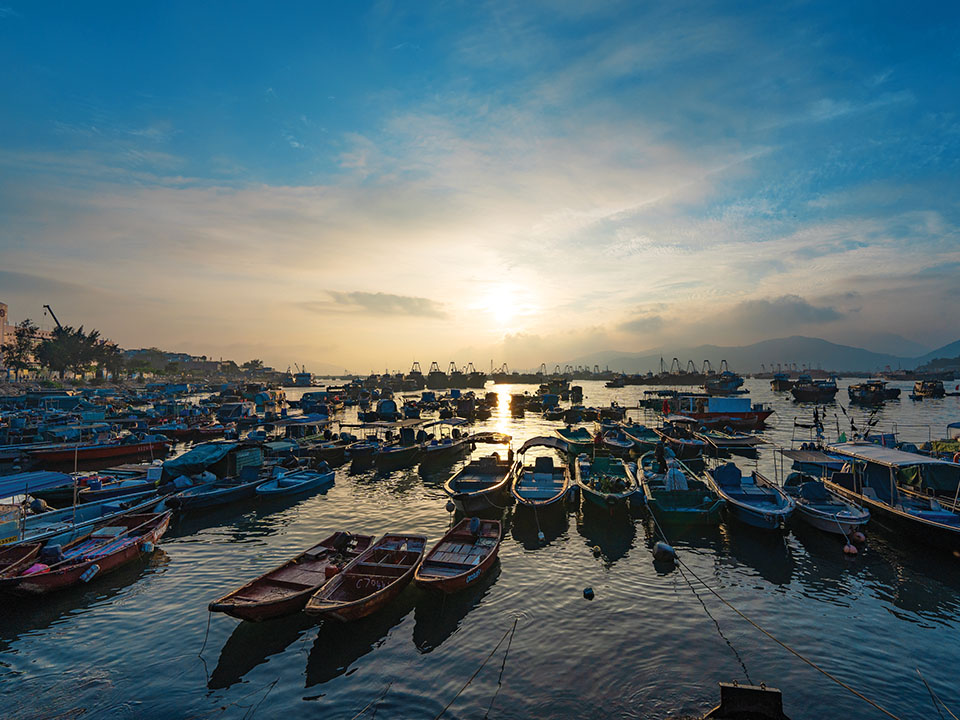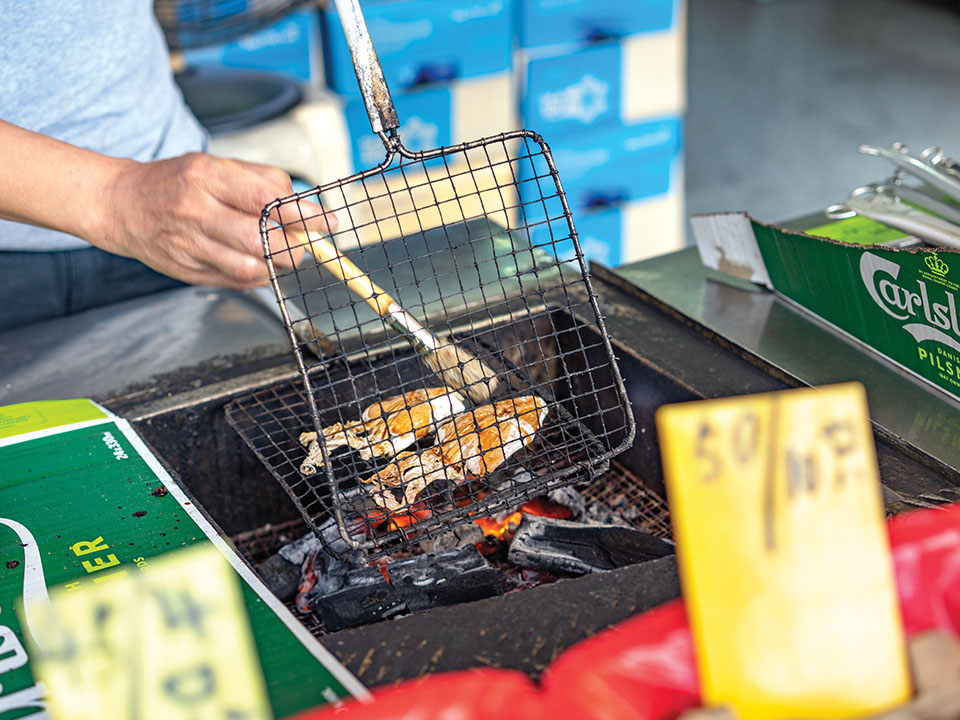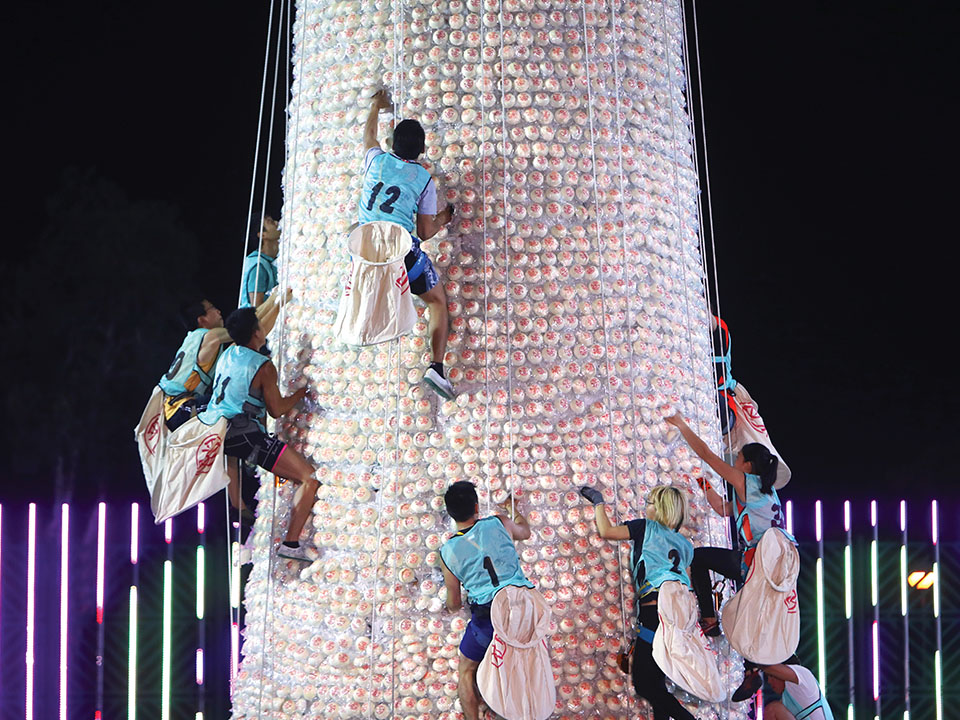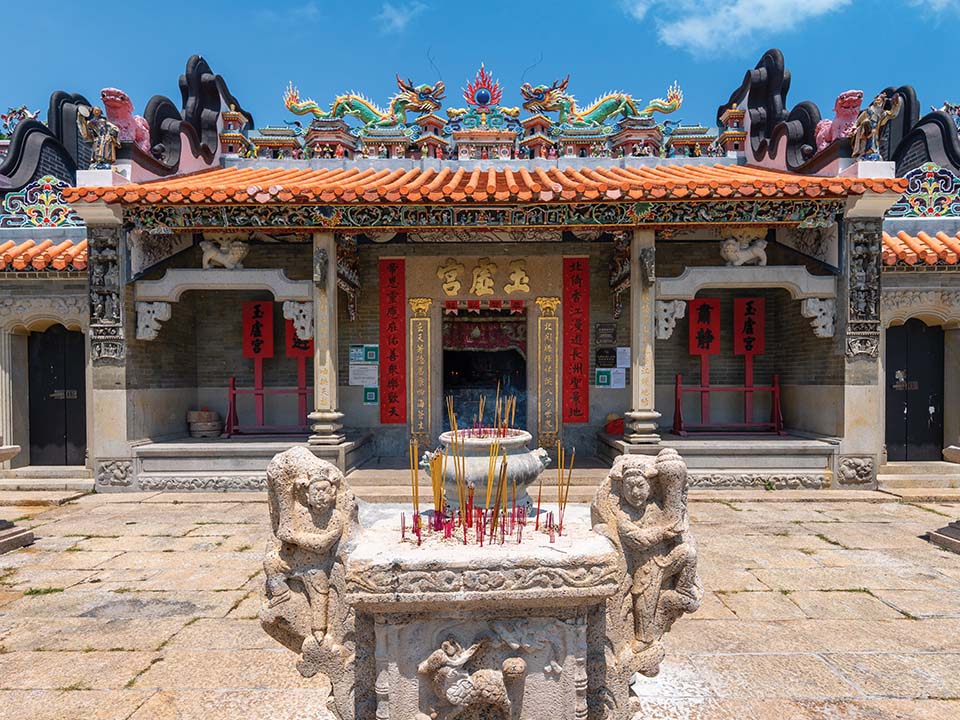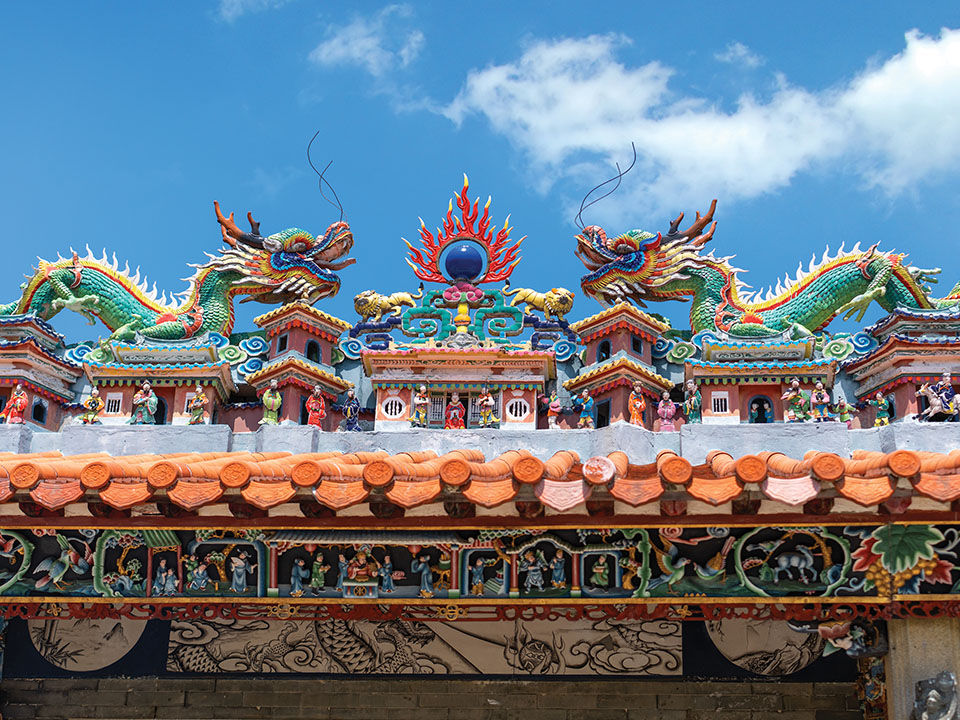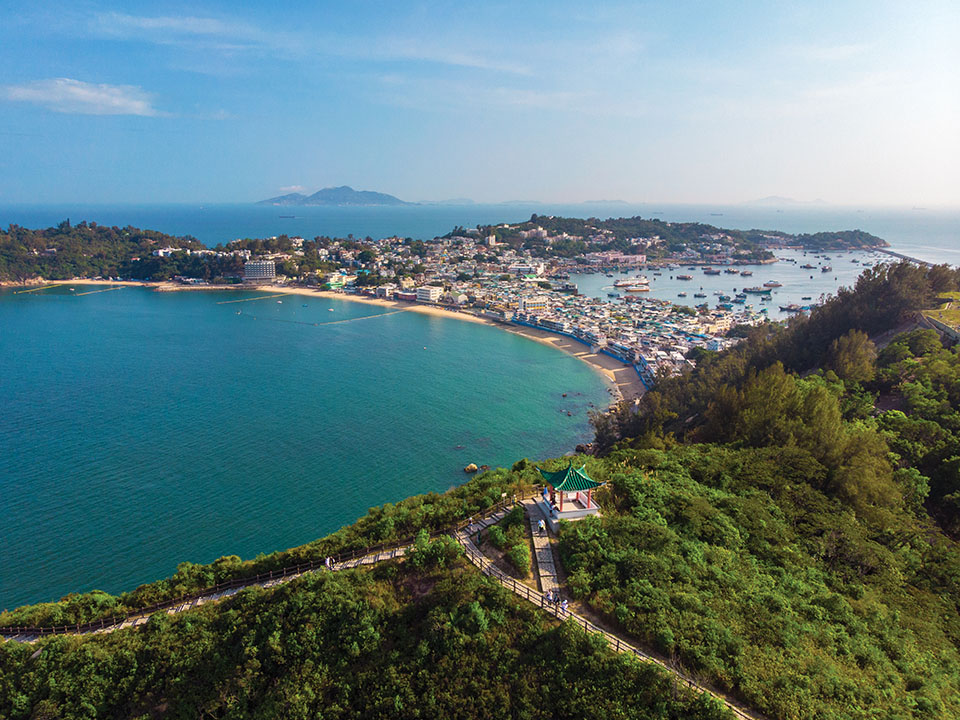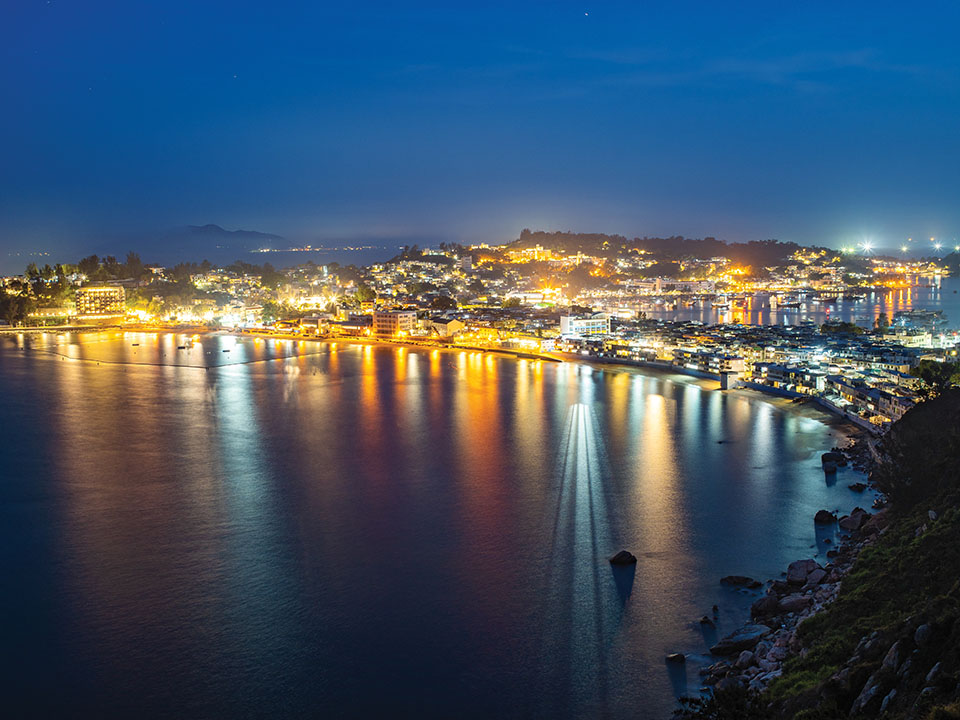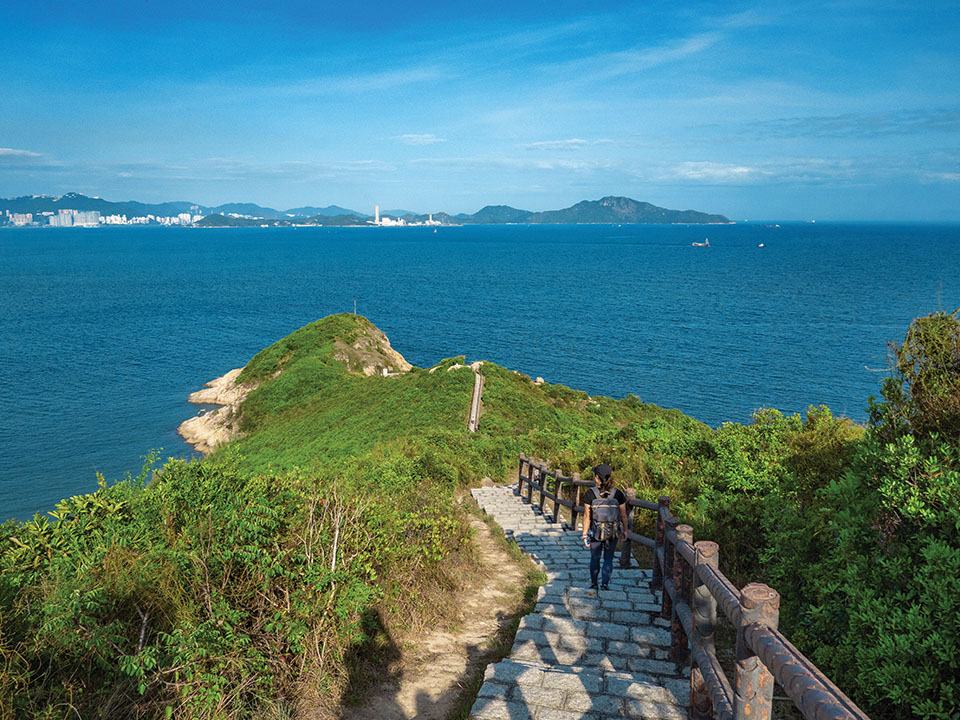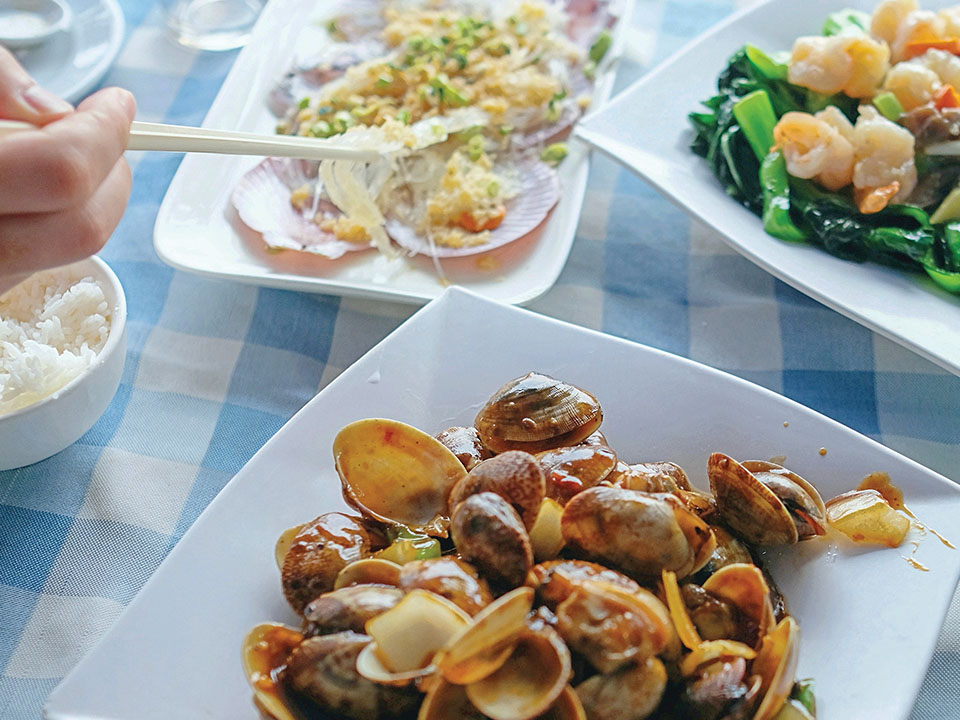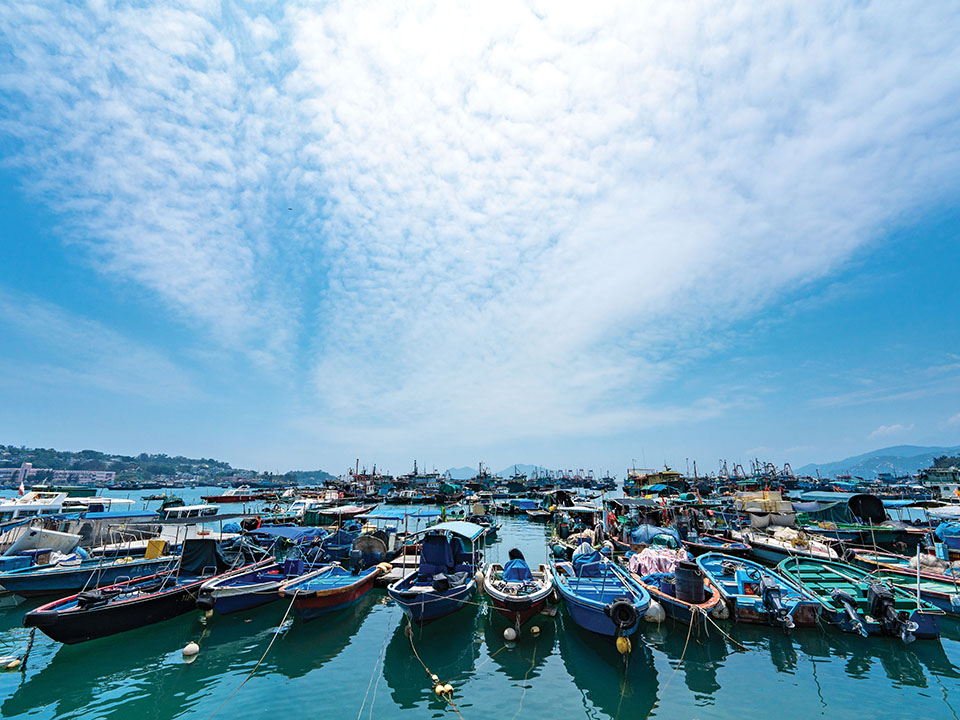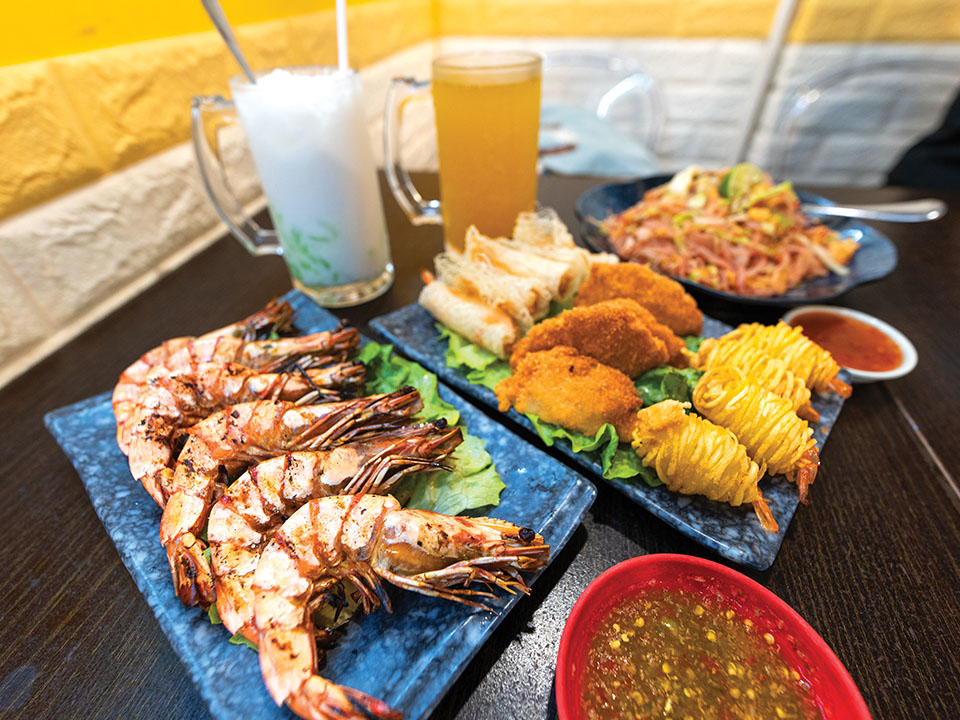
Written by South China Morning Post (Morning Studio)
The small, dumb-bell-shaped island of Cheung Chau, or ‘long island’ — covering almost 3 sq km — is well-known for its distinctive waterfront, crammed with gently rocking moored fishing boats and seafood restaurants. The island’s sandy beaches and scenic family-friendly hiking trail have always been appealing to those keen to escape the hectic city life. It’s no surprise that the last couple of years have seen younger people moving to the island to call it home, bringing with them a demand for contemporary, Instagrammable cafes. These vibrant new, hip joints sit in harmony alongside the island’s timeless, laid-back charms such as Pak Tai Temple — established in the 18th century by fisherfolk to honour the Taoist ‘God of the Sea’ — which is the traditional venue for the island’s vibrant annual Cheung Chau Jiao Festival, also known as the Cheung Chau Bun Festival, activities.
-
Tung Wan and Kwun Yam Wan
The ‘handle’ of Cheung Chau’s dumb-bell shape is home to the ferry pier, the bustling commercial and residential area packed with alleyways of shops selling knick-knacks and locally designed accessories, cafes, bars and restaurants, and village houses. Only a short walk east takes you to the long, crescent-shaped stretch of beach called Tung Wan. The island’s water quality is good and on a clear day you can see southern Hong Kong Island.
A short walk further south leads to a coastal walkway below Warwick Hotel with a group of Bronze Age rock carvings — among a series discovered on sea-facing rocks on Hong Kong’s different outlying islands — a declared monument featuring stylised geometric patterns, some resembling human or monster forms. Keep walking to reach Kwun Yam Beach, which offers a windsurfing centre. This small, but popular beach attracts many water sport enthusiasts, including stand-up paddlers, kayakers and kite-surfers. It is served by several beachfront bars and cafes where people can unwind as they watch the sea.Get me there
-
Mini Great Wall
Kwun Yam Beach is the starting point of the Mini Great Wall, the island’s easy-going, 850-metre-long paved hiking trail running behind Kwun Yam Beach and the Chi Ma Hang headland, which follows the southeastern coastline. Enjoy panoramic ocean views while passing beside numerous stunning rock formations, which resemble the shape of a vase, elephant’s head — and even a skull. The area is popular with birdwatchers, who come to admire the many migrating species that stop here to rest on the island in-between making long-distance ocean-crossing journeys.
Get me there
-
San Hing Street and Pak She Street
San Hing Street and Pak She Street have transformed over the years, rejuvenated by the influx of new, younger residents who have decided to call Cheung Chau home. Spend time exploring enticing craft shops selling handmade items created by local artists and trendy new cafes offering Instagrammable treats including cold brew and homemade Earl Grey tea chiffon cakes. Be sure to try the red-stamped ‘lucky buns’, filled with different sweet pastes such as sesame, red bean or lotus seed. These iconic snacks are used during the island’s annual bun festival, but are also steamed and sold all year round.
Get me there
-
Tai Hing Tai Road and Tai San Praya Road
Head to Tai Hing Tai Road and Tai San Praya Road, on the island’s southwestern village waterfront where you can savour traditional delights such as Cheung Chau’s famous curry-flavoured fish balls, fisherman’s barbecued squid and mango mochi — glutinous rice balls with a creamy mango filling. These old-time snacks remain a draw for both young and old alongside the nearby, trendy cafes that have since opened on the island.
Get me there
-
Pak Tai Temple
The historic Taoist temple — one of the oldest in Hong Kong and also known as Yuk Hui Temple — lies to the north of the main village area, where Pak She Street meets the Cheung Chau Family Walk.
The impressive structure was originally built in 1783 by the island’s fishing community to honour Pak Tai — also known as ‘King of the North’ — their protector and patron deity. The building includes a colourfully ornate ceramic-tiled roof with two green-and-gold dragons standing guard along the ridge. The main square outside Pak Tai Temple hosts the much-cherished Cheung Chau Jiao Festival or Cheung Chau Bun Festival. The third national list of Intangible Cultural Heritage in 2011 features the hugely popular challenge where brave competitors battle one another to climb ‘bun towers’ and claim as many buns as possible.Get me there
-
North Lookout Pavilion and Pak Kok Tsui
Cheung Chau Family Walk heads from Pak Tai Temple to the hilltop on the island’s northern side. This short but steep stretch takes hikers to Cheung Chau North Lookout Pavilion, the island’s highest point. From here you can savour a panoramic view of the island’s tombolo formation — a perfect spot for Instagram enthusiasts. On a clear day, you can look across at Lamma Island on one side, and Tsing Ma Bridge, connecting Lantau Island to Hong Kong’s urban areas on the other. Sunset views from here are not to be missed.
Further east along the pavilion, more adventurous hikers can head to Pak Kok Tsui, a small peninsula with a small beach called Tung Wan Chai, which is a popular scenic spot. From here, hikers can continue along the path through a little forest and back to the bustling part of the island.Get me there
-
San Hing Praya Street and Pak She Praya Road
Walk northwards along the waterfront, past the main pier and rows of hanging sun-dried fish and you will reach San Hing Praya Street and Pak She Praya Road, home to many Cantonese-style seafood restaurants providing mouth-watering al fresco dining with stunning sunset sea views. Diners can choose items from the menu, or even bring freshly caught seafood bought from the island’s fishmongers, and have it cooked to order. You will also find French, Thai and Indian restaurants here serving a wide range of savoury seafood delights.
Get me there

Transport
Getting to Cheung Chau:
Scheduled ferries depart for Cheung Chau from Central Pier No. 5, which is accessible from MTR Hong Kong Station. The trip takes 35 to 60 minutes.
Leaving from Cheung Chau:
The last ferry back to Central departs at 11:45pm from Monday to Saturday, and at 11:30pm on Sundays and public holidays.
More Routes

Written by South China Morning Post (Morning Studio)
The small, dumb-bell-shaped island of Cheung Chau, or ‘long island’ — covering almost 3 sq km — is well-known for its distinctive waterfront, crammed with gently rocking moored fishing boats and seafood restaurants. The island’s sandy beaches and scenic family-friendly hiking trail have always been appealing to those keen to escape the hectic city life. It’s no surprise that the last couple of years have seen younger people moving to the island to call it home, bringing with them a demand for contemporary, Instagrammable cafes. These vibrant new, hip joints sit in harmony alongside the island’s timeless, laid-back charms such as Pak Tai Temple — established in the 18th century by fisherfolk to honour the Taoist ‘God of the Sea’ — which is the traditional venue for the island’s vibrant annual Cheung Chau Jiao Festival, also known as the Cheung Chau Bun Festival, activities.

Transport
Getting to Cheung Chau:
Scheduled ferries depart for Cheung Chau from Central Pier No. 5, which is accessible from MTR Hong Kong Station. The trip takes 35 to 60 minutes.
Leaving from Cheung Chau:
The last ferry back to Central departs at 11:45pm from Monday to Saturday, and at 11:30pm on Sundays and public holidays.



